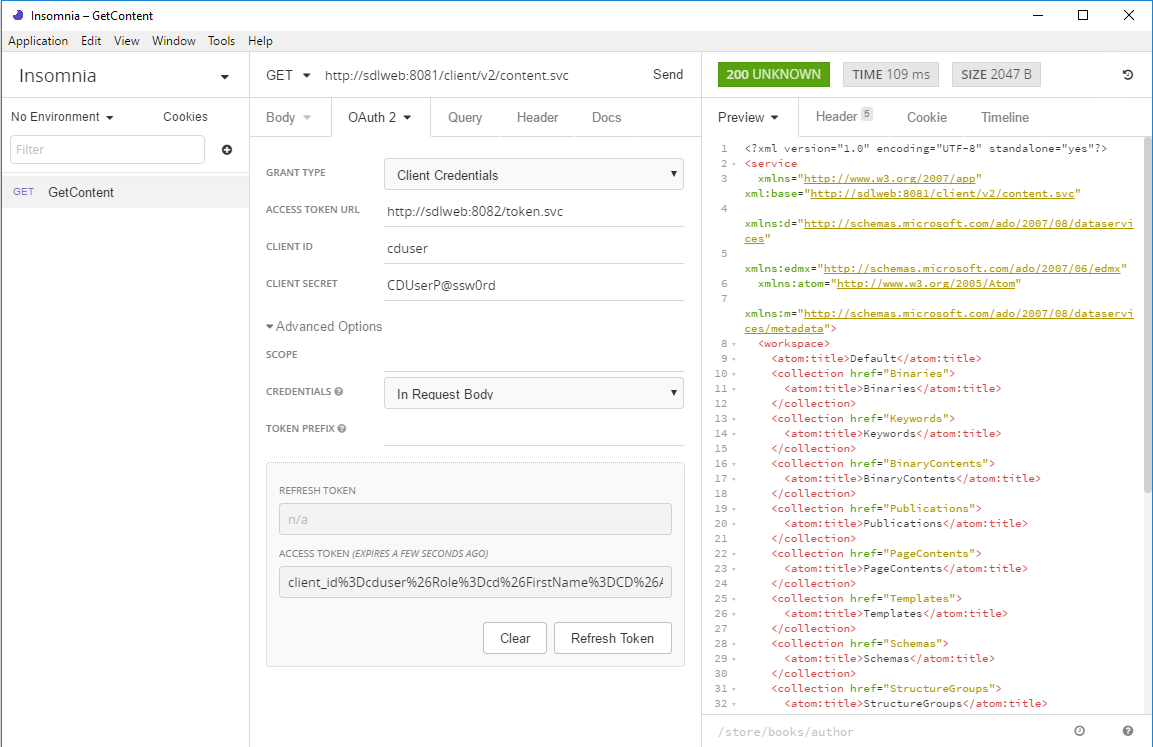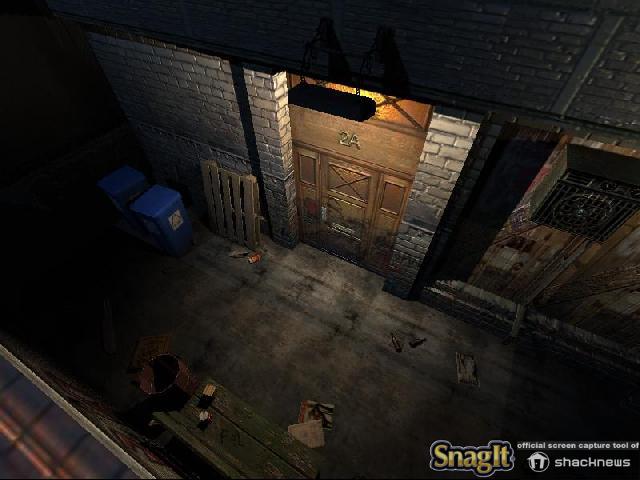



Insomnia Software Software And Hardware
However, sleep continuity was not different between the SSM and normal control groups 8. According to a previous small sample study, the proportions of sleep stage percentages were similar between the SSM and objective insomnia groups, but differed from the normal subjects 8. The proportion of subjective insomnia subtypes was 9.2–26.4% among insomnia patients 5, 6, and up to 50% of people experiencing insomnia can be poor estimators of sleep 7. Insomnia and psychiatric disorders Ivan Vargas, Sheila N. Vigilant attention The psychomotor vigilance test (PVT) PVT software and hardware. Patients with sleep state misperception (SSM), also referred to as paradoxical insomnia, have a significant discrepancy between subjective and objective sleep, tending to overestimate sleep latency while underestimating total sleep time (TST) relative to objective sleep measures (e.g., sleep measurements in polysomnography ) 4.
Early studies of sleep perceptions among insomnia patients tended to suggest that over-estimation of sleep difficulty is a general trait of individuals experiencing insomnia. SSM is one of the subtypes of insomnia, but it is also a common phenomenon in chronic insomnia. In another study, the subjective insomnia group showed greater alpha, sigma, and beta non-rapid eye movement (NREM) and lower delta electroencephalogram activity than that of the normal subjects, however, these measures did not differ between the objective insomnia group and normal subjects 9.
It has been reported that cognitive distortion is more severe in SSM than in other types of insomnia 4. Key factors in the cognitive model of the maintenance of insomnia include a distorted perception of sleep deficit, selective attention and monitoring for sleep-related threats, excessive negatively toned cognitive activity, etc 13. Several hypotheses to explain SSM have been proposed: (a) sleep being misperceived as wake, (b) selective attention and worry about sleep-related threats, (c) increased physiological and cortical arousal, and (d) psychological distress causing magnification of sleep disturbance 4.Up to 50% of insomnia becomes chronic 12. In another study, insomnia patients tended to underestimate total sleep time and overestimate sleep onset latency, whereas the opposite trend was found in normal sleepers 11.
Associations of subjective–objective discrepancy of sleep (SODS) and alterations in regional glucose metrics in patients with insomnia compared with good sleeper controls have been reported in a fluorodeoxyglucose positron emission tomography (FDG-PET) study 17. With respect to SSM specifically, minimal fMRI research has been conducted. Additionally, the studies with significant findings were inconsistent as to what brain areas showed significantly different activation 14, 15.It is thought that the results of those previous brain imaging studies have been inconsistent due to the heterogeneous nature of insomnia. In studies investigating brain reactivity to sleep-related pictures or words in insomniacs, results have been mixed with both significant 14, 15 and nonsignificant 16 findings. However, there have been few functional magnetic resonance imaging (fMRI) studies on this topic.
In the SODS group compared to the NOSODS group, brain areas such as right superior frontal gyrus (SFG), right precuneus, and left fusiform showed significantly increased BOLD signal (Fig. Conversely, there was no brain region with a significant difference in the NOSODS compared to the HC groups. Neu, brain areas including the genu of the corpus callosum (GCC), bilateral anterior corona radiata (ACR), and left precuneus showed significantly increased BOLD signal. Neu among groupsIn the SODS and ID groups compared to the HC group to the contrast of Ins vs. Blood oxygen level dependent (BOLD) signal comparisons to the contrast of Ins vs. We hypothesized that would be significantly increased brain reactivity to insomnia-related negative stimuli during fMRI in the SODS group compared to the NOSODS and control groups.Demographics, clinical characteristics, and polysomnographic dataAmong the 68 recruited participants in the insomnia group, 26 were excluded from the study at the baseline screening for the following reasons: metal material in the body ( n = 7), Insomnia Severity Index (ISI) score 0.05).
There were no significant areas in NOSODS compared to the HC group. Neu in SODS and ID compared to HC group were GCC and bilateral ACR and precuneus. Brain areas showing increased BOLD signals to the contrast of Ins vs. Neu among groups (SODS vs. ( A) Brain areas showing increased BOLD signals to the contrast of Ins vs. 1.Brain areas showing significantly increased BOLD signals in the contrast of Ins vs.
As the GCC cluster was connected to the left ACR cluster, we did not perform an analysis for the GCC area. Correlation among the clinical data and BOLD signals in the ROIsSix ROIs that showed significantly different brain activation among groups in voxel-wise whole-brain analyses were selected: bilateral ACR, bilateral precuneus, right SFG, and left fusiform. Further, there was no significant difference in the comparison of and ID > HC groups. SODS insomnia with subjective–objective discrepancy of sleep group, NOSODS insomnia without subjective–objective discrepancy of sleep group, HC healthy control, ID insomnia disorder group (SODS + NOSODS), Ins insomnia item, Neu neutral item, GCC genu of corpus callosum, ACR anterior corona radiate, SFG superior frontal gyrus, FEW family wise error.The regression analysis examining the association of SODS, using the TST (TST from the sleep diary minus TST from PSG), and the BOLD response revealed a statistically significant association between the BOLD response of the left medial frontal cortex and TST when using the criteria of voxel-wise uncorrected p HC, NOSODS > HC, and SODS > NOSODS groups. The statistical threshold was voxel-wise uncorrected p < 0.001 with cluster-wise FWE corrected p < 0.05 (141 voxels).


 0 kommentar(er)
0 kommentar(er)
